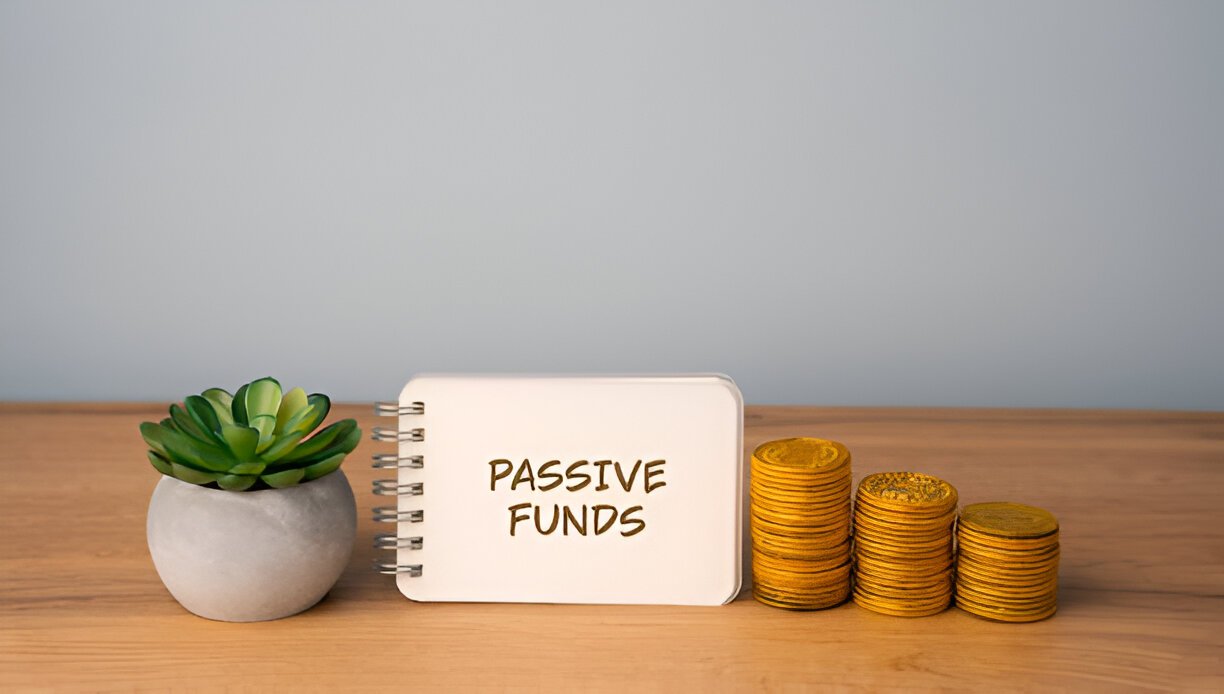Introduction
As a finance expert, I often get asked whether actively or passively managed mutual funds are better. The answer depends on your goals, risk tolerance, and investment philosophy. In this article, I break down the differences, advantages, and drawbacks of each approach. I also provide mathematical insights, real-world examples, and comparisons to help you make an informed decision.
Table of Contents
Understanding Mutual Funds
A mutual fund pools money from multiple investors to buy a diversified portfolio of stocks, bonds, or other securities. The fund is managed either actively (where a fund manager makes investment decisions) or passively (where the fund tracks a market index).
Key Differences at a Glance
| Feature | Active Management | Passive Management |
|---|---|---|
| Management Style | Hands-on, discretionary | Rules-based, automated |
| Fees | Higher (0.5% – 2.0%) | Lower (0.03% – 0.30%) |
| Performance Goal | Beat the market | Match the market |
| Tax Efficiency | Lower (frequent trading) | Higher (less turnover) |
| Risk Level | Varies by strategy | Matches index risk |
The Case for Active Management
Active fund managers rely on research, market timing, and stock selection to outperform benchmarks like the S&P 500.
Pros of Active Management
- Potential for Higher Returns – Skilled managers may exploit market inefficiencies.
- Flexibility – Can adapt to market conditions (e.g., shifting to defensive stocks in a downturn).
- Niche Strategies – Some funds focus on undervalued sectors (e.g., small-cap value stocks).
Cons of Active Management
- Higher Costs – Expense ratios eat into returns.
- Manager Risk – Poor decisions can lead to underperformance.
- Tax Inefficiency – Frequent trading triggers capital gains taxes.
Example: Calculating Active Fund Performance
Suppose an active fund charges a 1.5% fee and achieves a gross return of 10%. The net return is:
Net\ Return = Gross\ Return - Expense\ Ratio = 10\% - 1.5\% = 8.5\%If the benchmark returns 9%, the fund underperforms despite the manager’s efforts.
The Case for Passive Management
Passive funds, like index funds and ETFs, aim to replicate market returns at minimal cost.
Pros of Passive Management
- Lower Fees – Expense ratios are typically below 0.3%.
- Consistent Performance – Matches the market rather than trying to beat it.
- Tax Efficiency – Less turnover means fewer taxable events.
Cons of Passive Management
- No Upside Beyond the Market – Cannot outperform the index.
- Market Risk Exposure – Fully exposed to downturns.
Example: The Power of Compounding with Low Fees
Compare two funds over 30 years with a $10,000 initial investment:
- Active Fund: 7% annual return, 1.5% fee
- Passive Fund: 7% annual return, 0.1% fee
Using the compound interest formula:
FV = PV \times (1 + r)^nWhere:
- FV = Future Value
- PV = Present Value ($10,000)
- r = Annual return after fees
- n = Number of years (30)
Active Fund:
FV = 10,000 \times (1 + 0.055)^{30} = \$45,268Passive Fund:
FV = 10,000 \times (1 + 0.069)^{30} = \$76,123The passive fund delivers 68% more wealth due to lower fees.
Performance Comparison: Active vs. Passive
Historical data shows that most active funds underperform their benchmarks. According to SPIVA (S&P Indices vs. Active):
- Over 10 years, 85% of large-cap fund managers underperform the S&P 500.
- Mid-cap and small-cap managers fare slightly better but still lag behind.
Table: Active vs. Passive Performance (2009-2019)
| Category | % of Active Funds Underperforming Benchmark |
|---|---|
| US Large-Cap Funds | 89% |
| US Mid-Cap Funds | 85% |
| US Small-Cap Funds | 77% |
When Does Active Management Make Sense?
Despite the odds, some scenarios favor active management:
- Inefficient Markets – Small-cap or emerging markets where information is scarce.
- Specialized Strategies – Funds focusing on high-yield bonds or sector-specific plays.
- Downside Protection – Some active managers reduce losses in bear markets.
Tax Considerations
Active funds generate more capital gains due to frequent trading, leading to higher tax liabilities. Passive funds, with lower turnover, are more tax-efficient.
Example: Tax Drag on Returns
Assume two funds with identical pre-tax returns of 8%:
- Active Fund: 2% annual turnover tax cost
- Passive Fund: 0.2% annual turnover tax cost
After 20 years:
- Active Fund After-Tax Return: 8\% - 2\% = 6\%
- Passive Fund After-Tax Return: 8\% - 0.2\% = 7.8\%
The compounding effect makes a significant difference.
Behavioral Factors
Investors often chase past performance, leading to poor decisions. Studies show that:
- Investors in active funds tend to buy high and sell low.
- Passive investors exhibit better discipline by staying the course.
Conclusion: Which One Should You Choose?
- Choose Passive If: You want low-cost, tax-efficient, and market-matching returns.
- Choose Active If: You believe in a manager’s skill or seek niche exposure.
Most investors benefit from a core-satellite approach:
- Core (80-90%): Passive index funds for broad market exposure.
- Satellite (10-20%): Active funds for strategic bets.
By understanding these dynamics, you can build a portfolio that aligns with your financial goals.





